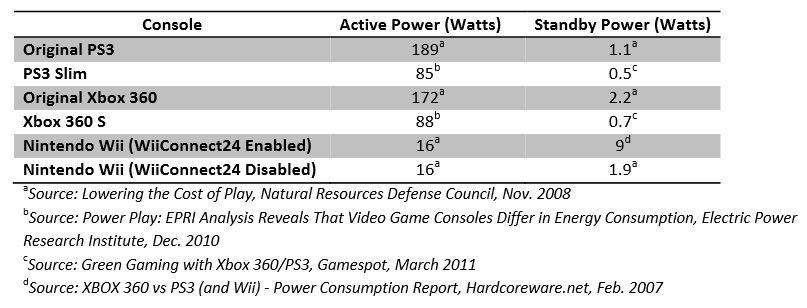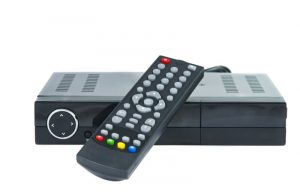Power consumption of Gaming Consoles
Gaming consoles have become quite a common sight now-a-days. Gaming has become synonymous with “playing indoors” for kids in the urban households. Moreover, the number of people buying gaming consoles has increased significantly in the last five years. A gaming console, when used a long time (for more than 3-4 hours daily) can lead to a significant increase in the total electricity consumption of a household.
Since gaming consoles are significant contributors to your entire consumption of electricity, it is a good idea to have a knowledge of how much energy your gaming console is using. And also, if you are looking to buy a new gaming console, then this information may come in handy while looking at the “energy-saving” perspective of it.
Gaming Consoles: A little background
Video games have been around since many years now. But as the technology is improving, the quality of video games is improving as well. Earlier there was a simple device which could be connected to a television to play low-resolution 2-Dimensional games. But today, buy a gaming console, and you can play high graphics games with 3-Dimensional effect, and these are not just limited to providing an amazing experience of gaming; you can also play HD movies, Blu-Ray Movies and connect to internet. Needless to say, their electricity consumption is also way higher than the older video games.
There are many kinds of gaming consoles available in the market. There are also handheld gaming consoles, but in this article we will be discussing only about the regular gaming consoles.
Energy consumption of Xbox, PlayStation and Wii U Consoles
The most common brands of current generation gaming consoles are Microsoft’s Xbox, Sony’s PlayStation and Nintendo Wii (and Wii U). So we will be comparing these brands to understand the power consumption behaviour of these consoles.
It has been observed that the consoles of the same brands which were produced after 2010 were better in terms of “energy efficiency” compared to those consoles which were produced before 2010. Given below is a table which is taken from a paper published by Mr. E.Hittinger, Department of Engineering and Public Policy, Carnegie Meolln University, with the name of “Power Consumption of Video Game Consoles Under Realistic Usage Patterns”.
 The above table clearly compares the 3 different brands of current generation gaming consoles. Note that every console has two entries: one is regular and the other one with the prefix “Original”. The term “Original” refers to older models.
The above table clearly compares the 3 different brands of current generation gaming consoles. Note that every console has two entries: one is regular and the other one with the prefix “Original”. The term “Original” refers to older models.
It can be observed that every console is more electricity efficient than its predecessor or the “original” version. This is so because with the advancement of technology, more efficient consoles are being produced by companies.
Some people are of the opinion that Nintendo Wii is the most energy-efficient of these three. In the study conducted by Mr. E.Hittinger, it was found that an average Nintendo Wii is used approximately one-third of the time as much as Xbox or PlayStation. Also, the Wii Connect24 service, which is active by default for a Wii console connected to the Internet, greatly increases the standby power of the Wii from 2 Watts to 9 Watts.
There have been some studies in the past which claimed that the Nintendo Wii is the most electricity efficient out of Xbox, PlayStation and Wii. But these studies have overlooked the fact that the average Wii is used three times less than an average Xbox 360 or PS3. When these factors are factored in, the electricity consumption per hour of active use of the Nintendo Wii console is actually quite higher than what was previously assumed. It should be noted that the Wii has a low processing capability compared to the other two, therefore the games which run easily on the other two platforms have to be modified to be made fit to play with the limited capabilities of the Wii.
Conclusion
It is evident that the energy consumption of the Nintendo Wii is the least in the three most common current generation gaming consoles, but one should also keep in mind that the features available in it are also lesser than the rest of the brands. Also, by default, it is connected to the internet, increasing the overall electricity consumption, which is not the case with PlayStation and Xbox. It can also be said that the power consumption of Xbox and PlayStation is less than 100 W when in use, so if it is used for 5 hours a day, then it would amount to 0.5 units in 1 day. To minimise electricity consumption in a gaming console, it is advised that it should be switched off as long as it are not in use, rather than putting it in stand-by mode; because it still consumes a considerable amount of electricity.
References
https://www.rit.edu/its/resnet/game-consoles
http://en.wikipedia.org/wiki/Video_game_console
https://wpweb2.tepper.cmu.edu/ceic/pdfs/CEIC_11_01.pdf





